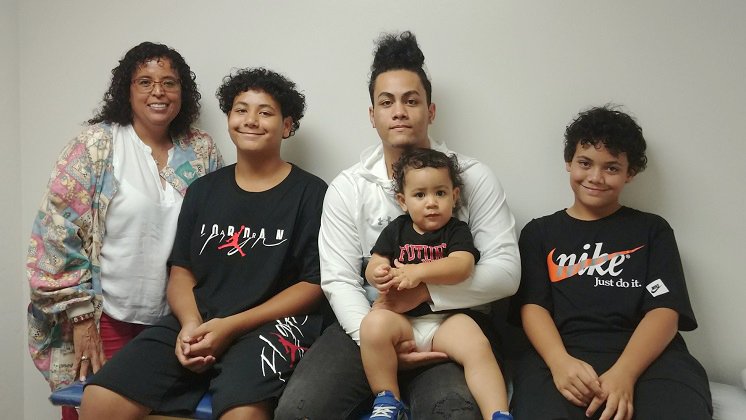Between Halloween and Día de los Muertos, November starts off with quite the sugar rush. In America, kids already get high doses of sugar from regular foods like peanut butter and jelly. The health risks of too much sugar for kids include obesity, tooth decay, diabetes, and lack of nutrients needed for long-term health, like calcium.
The mountain of Halloween candy can overwhelm even the sweetest-toothed kid. So, here are some tips for dealing with the surplus without being a total buzzkill:
- Store candy where you can monitor how much is being eaten, and where kids will be less tempted to dip into the supply.
- Participate in a buyback program at your local dentist’s office.
- Send nonperishable items to soldiers overseas.
- Use the candy as favors at upcoming birthday parties, or use it to fill a piñata.
- Offer to buy candy from your child in exchange for books, toys, or games.
- Have your child pick out a piece of candy to eat with their lunch or after dinner each day.
- Donate to shelters, nursing homes, children’s hospitals, or other community centers where people will appreciate a treat.
- Bring extra candy into your workplace to share with people who are “too old” to trick-or-treat.
- Save nonperishable candy for your December advent calendar – many nonreligious families and families who do not celebrate advent still count down to Christmas, Hanukkah, or New Year’s with these fun wall hangings.
- Use some of the candy to do science experiments or crafts – the results may not be edible, but they’re still fun!
As your family works through the candy stash, make sure to prepare healthy, filling meals so your kids are less likely to fill up on candy. They might claim to have an extra dessert stomach, but as doctors, we know this to be false.





